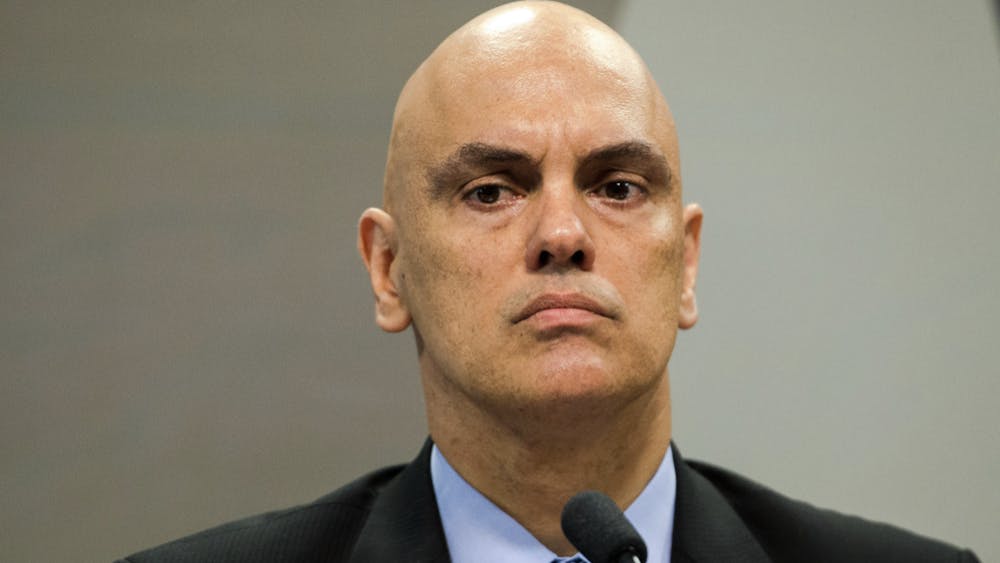Like many other universities, Notre Dame is promoting diversity, equity and inclusion in the aftermath of the killing of George Floyd on May 25, and of Ahmaud Arbery, Breonna Taylor and many others. Unlike most universities, Notre Dame is a Catholic university whose mission statement holds that “our Catholic character informs all our endeavors.” How can Notre Dame manifest its mission in these efforts?The University offered an inspired answer to this question a week after Floyd’s death when many of its members gathered by the reflecting pool south of Hesburgh Library for a unity walk. The marchers heard Bible readings from a day earlier, Pentecost Sunday, recounting how the Holy Spirit, blowing like a violent wind, descending in tongues of fire, enabled people from diverse places who spoke diverse languages to understand one another. We then marched to the Grotto to pray. Animated by scripture, prayer and the Spirit, our Catholic character informed our endeavor.Ten theses propose principles for promoting diversity, equity and inclusion (herein, “inclusion” for shorthand) on campus from the heart of the Church. 1. Diversity and inclusion is woven into God’s message of salvation narrated in the Bible. In the Book of Genesis, God commands Abraham to be a blessing for all nations, and in Isaiah, God tells Israel that it will be a light for all nations, through whom God would proclaim salvation to everyone. Jesus fulfills this mission by directing his life and teachings to all of humanity and winning salvation for all of humanity through his death and resurrection. In numerous encounters and teachings, he makes a point of extending his love and fellowship to people on the margins of the community’s structures of authority, power and prestige. Fittingly, “Venite ad me omnes” is inscribed on the statue of Jesus with outstretched arms standing before Notre Dame’s Golden Dome. The Apostle Paul then wrote of Jesus as “our peace,” who “broke down the dividing wall of hostility” between Jews and the Gentiles through the cross, and, with the other apostles, spread the Gospel to remarkably diverse lands. Today, no institution on the planet, save perhaps the United Nations, contains a wider array of cultures, races, nations, ethnic groups, social classes and people from all professions and walks of life. 2. The truth that racism is a sin, including systemic racism, is firmly embedded in the teaching of the Church.The bishops of the Church teach forcefully and unequivocally that racism is an intrinsic evil. The contemporary Church also teaches the concept of “structural sin,” by which a society’s structures — distribution of wealth, laws and policies, informal networks of power, and cultural discourses — perpetuate injustice. Systemic racism is a form of structural sin and is condemned by the U.S. Bishops in their pastoral letter on racism of 2018, “Open Wide Our Hearts.” 3. The Church’s doctrine of human dignity is essential for fighting racism.The U.S. Bishops’ 2018 letter identifies dignity, the infinite and irreducible worth of every person, as the core value that racism or ethnocentrism violates. The basis of dignity is the person’s creation in the image and likeness of God, reflected in reason, free will and capacity for relationship. It is here that Notre Dame might challenge secular universities, where prominent thinking in the humanities and social sciences — scientific positivism, post-modernism and general skepticism toward universal truths about human beings — offers weak foundations for human dignity. In recent years, prominent scholars have derided dignity as “stupid” and “useless.” By contrast, Catholic teaching offers strong foundations for human dignity. 4. The Church’s doctrine of reconciliation is essential for healing the wounds of racism.After the Floyd killing, Catholic leaders spoke of the United States’ “original sin of racism.” In societies, as with persons, sin leaves behind wounds which, if left unhealed, foster further injustice, violence and division. God’s response to sin is his reconciliation of the world to himself through the death and resurrection of Jesus Christ, an action in which God calls people to participate by restoring friendship with one another. Universities and nations alike can seek reconciliation through humble listening, learning and acknowledging the truth about past injustices, collective repentance, encouraging relationships that cross racial and ethnic boundaries and forgiveness.5. Catholic teaching supports core ideas in the American founding that serve as a basis for unity.The Declaration of Independence’s pronouncement that “all men are created equal ... [and] endowed by their Creator with certain unalienable rights” offers a shared foundation for challenging racism, one that President Abraham Lincoln referred to in his Gettysburg Address, that Martin Luther King referred to when he gave his “I Have a Dream” speech in front of the Lincoln Memorial and that President Barack Obama evoked, along with Lincoln and King, in his election night speech in 2008. The Catholic Church’s doctrine of natural rights converges with this tradition and offers a basis for unity in combatting racism. Here at Notre Dame, the iconic photo of former University President Fr. Theodore Hesburgh marching with King vivifies this convergence.6. The Church’s teachings and penitential practices enable it to confront its own complicity in past injustices.What of the Church leaders and religious orders who have owned slaves over the centuries or were otherwise complicit in racism? The Church must acknowledge and repent for it all. Pope St. John Paul II voiced apologies over 100 times for historical misdeeds committed in the name of the Church in at least 21 different categories of people and episodes, including slavery, racism and the mistreatment of native peoples, women, Jews and Muslims. A look at history must be balanced, though. St. Gregory of Nyssa condemned slavery as an intrinsic injustice for the first time in history in the fourth century and on the basis of the Gospel, while popes have condemned slavery on at least seven occasions. 7. The Church’s treasury of holy men and women offers inspiring examples of racial reconciliation.Fr. Augustus Tolton, the first Black priest born in the United States, responded to ugly discrimination by persisting in parish ministry and loving his enemies in 19th century Illinois. Today, the Church has opened the cause of his beatification. By bringing attention to Tolton, Notre Dame could help advance this cause and lift up a champion of racial justice.8. Reflecting the Church’s commitment to free inquiry, efforts to promote inclusion ought to respect academic freedom.In 1965 the Second Vatican Council proclaimed religious freedom on the basis of human dignity in the search for truth, a principle that early Church fathers had affirmed but had been muted for centuries. Let us not reverse course. The purpose of a university is the search for truth, which can only be conducted authentically under conditions of freedom. Mandatory trainings and diversity requirements for syllabi and scholarly citations, then, ought to be foregone in favor of efforts to confront racism and unjust exclusion through teaching, research, public forums, faculty hiring and other freely pursued activities.9. An authentic Catholic approach to inclusion is holistic, pursued consistently with Church teachings on life, marriage and other matters.Pope Francis spoke to this holism when he said in the wake of the Floyd killing, “we cannot tolerate or turn a blind eye to racism and exclusion in any form and yet claim to defend the sacredness of every human life.” The Church’s teachings in all matters of justice are interdependent and grounded in the same foundation of truth.10. Through dialogue, a Catholic approach to inclusion learns from and finds allies in other Christian churches and religious faiths as well as secular philosophies. Especially since the Second Vatican Council, the Church has deliberately sought dialogue with other religions and philosophies. This dialogue is not a “lowest common denominator” approach in which Catholics, or a Catholic university, set aside their convictions or filter them through secular doctrines, but rather one whose participants bring the full insights of their tradition to the table. These theses do not offer particular proposals regarding hiring, curriculum or other initiatives, but rather Catholic principles to shape such proposals. For instance, a new professor who studies race would be one who places her scholarship on Christian foundations or a new course on diversity would begin with theological roots. On this basis, Notre Dame can exercise innovative leadership where healing and justice are urgent.
Daniel Philpott
Professor of political science
Feb. 23













